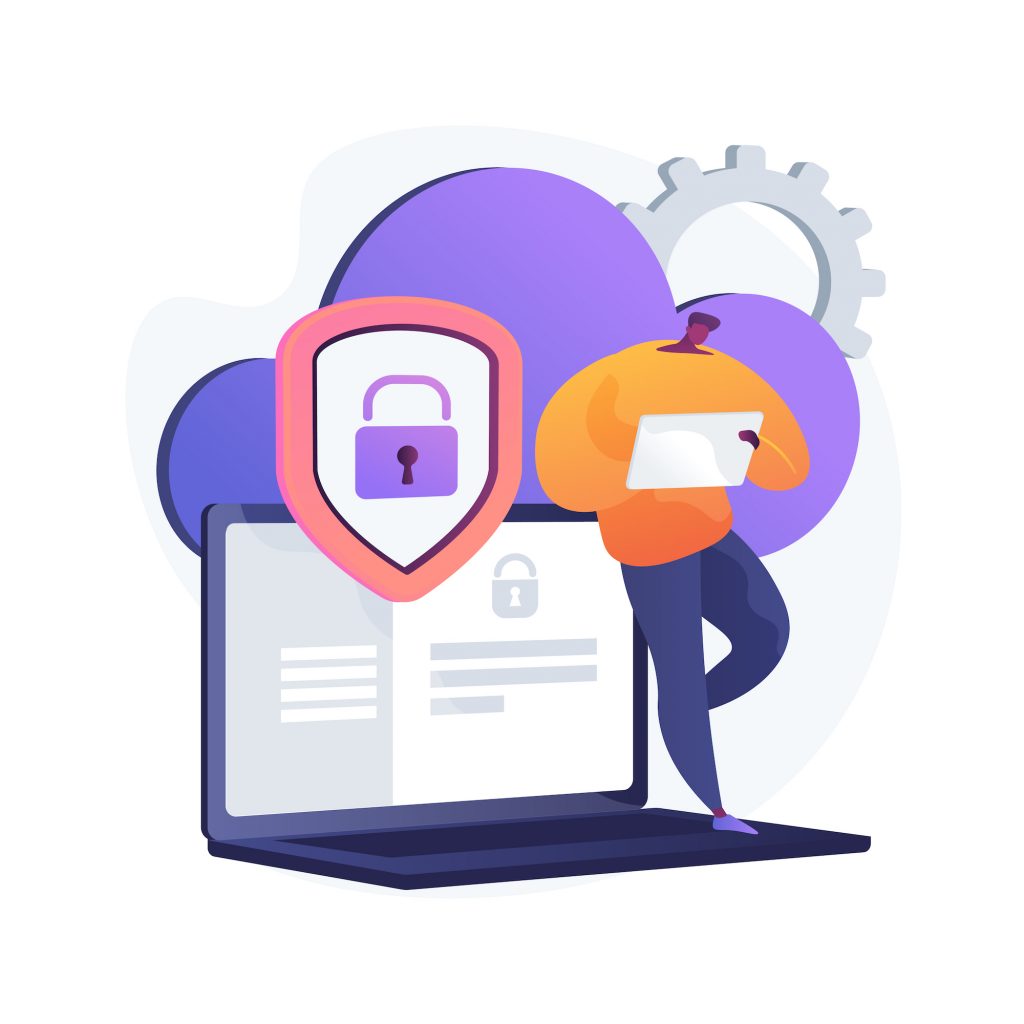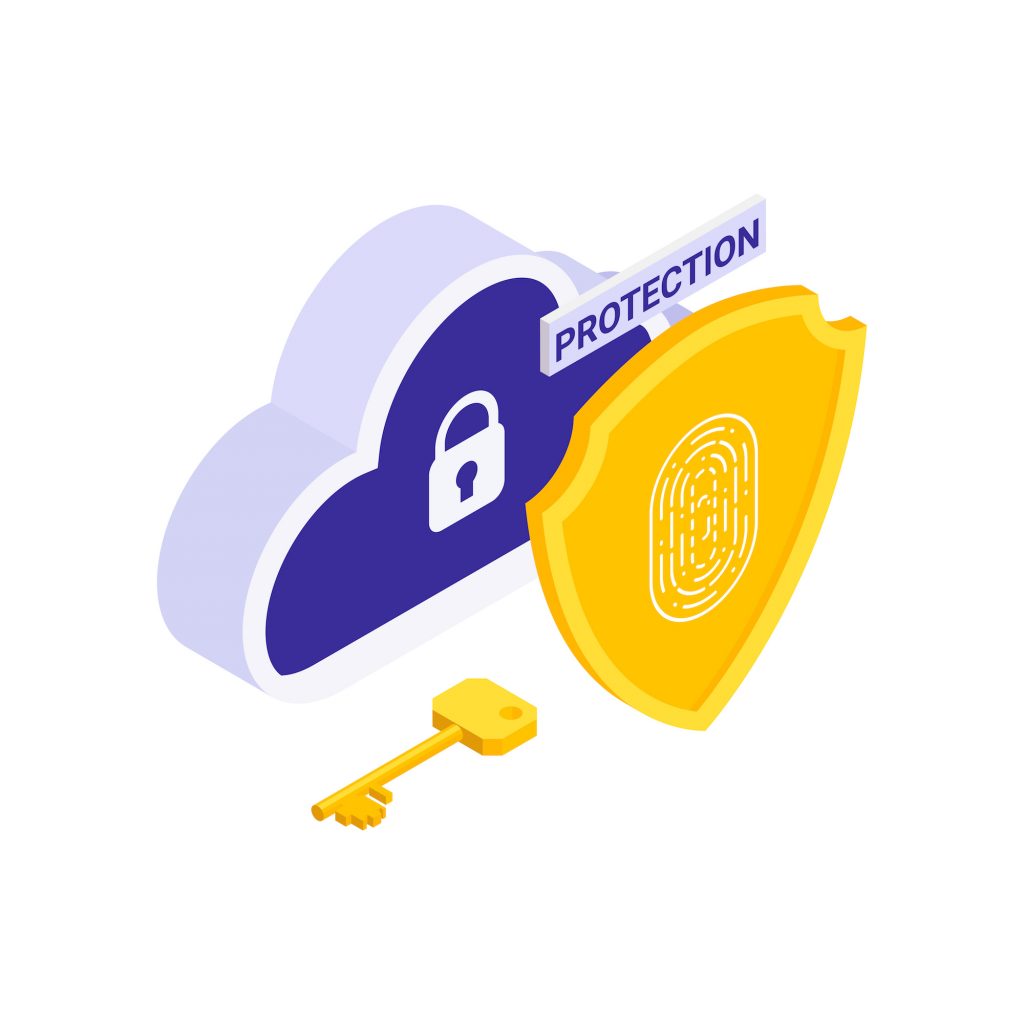With the rise in remote work and the increased adoption of cloud computing, the cloud security threats outlined below have been on increasing over the past few years. Along with adhering to some cybersecurity fundamentals, getting familiar with the following cyber security threats in cloud computing and preparing accordingly, will significantly reduce your chances of a cyber attack.
Denial of Service (DoS)
This can be one of the most damaging threats to a business. A DoS attack involves cyber criminals flooding your system with considerable levels of traffic until your servers are overrun. If you’re conducting a significant amount of your work on The Cloud this can be a big issue. Basic network security, monitoring, understanding potential warning signs, and developing a strong response plan, are all ways to mitigate the risk and damage that a DoS attack can create.
Account Hijacking
If a criminal can access any of your staff accounts it can often lead to them accessing all your data stored on your server. And this can happen without you even knowing. Cybercriminals will typically employ phishing tactics or attempt to crack passwords to hijack accounts. Staff cyber security training can help prevent these attacks. Also, a robust cybersecurity policy that limits user access will minimise damage should an attacker gain access to a team member’s account.
Insecure Interfaces and APIs
APIs are given to programmers with certain frameworks by cloud service providers. These frameworks can contain vulnerabilities. Make sure your cloud security is designed with a multi-layered approach and that it directly addresses any of these potential vulnerabilities.
Insider Threats
This technique involves an employee – either maliciously or accidentally – sharing company information, or simply just sabotaging company IT. It’s particularly risky in a cloud environment since companies have little to no control over the underlying cloud infrastructure. This means businesses can’t rely on many of the common security solutions like SIEM. Also, these attacks can be a lot more damaging to an organisation as they’re a lot harder to uncover. Sometimes it’s years before they’re identified. The best response is to look out for behavioural anomalies by setting up analytics.
Cryptojacking
Since cryptocurrency has only really been around for the best part of a decade, this is a relatively new threat. It involves accessing a business’s cloud computing systems so that they can be used to mine cryptocurrency. As you might expect this can seriously compromise the performance of your IT. Cryptojackers typically use phishing scams to sneak their software onto a user’s cloud, so make sure you incorporate spotting script load attempts into your team’s cyber awareness training. Adblocking and anti-crypto mining extensions can also help.
Protecting yourself from cyber security threats in cloud computing should ideally come under the umbrella of good cybersecurity in general. Since prevention is better than cure, your business should be covering all its bases. In the event of a cyber attack, there is only one response; wiping your servers clean and restoring them from a backup. When done correctly, business continuity and disaster recovery (BCDR) is the ultimate response to cyber incidents, as it offers an almost seamless response to even the worst cyber attacks.
If you’re ready to start implementing a BCDR strategy or you’re just curious about it, get in touch with our team of experts.’
Featured post
5 questions to help you find the right IT support
Finding the right IT support as a growing business is difficult. You could call an external engineer every time something...
Recent posts
Latest posts
The why and how of including cyber incident response in your BCDR plan
A business continuity and disaster recovery (BCDR) plan is a business fundamental. Without it, you're left vulnerable to a multitude of threats, from natural disasters to cyber-attacks. This is why implementing a cyber incident response in your BCDR plan is a smart move. A cyber incident response plan will encompass...
Business continuity planning for remote work
Business continuity planning has become a fundamental priority for businesses after the pandemic outbreak. Before COVID-19 business continuity was not given the recognition and importance it deserves, but after the pandemic threw the world into a panic, the way many of us work changed drastically. So, business continuity planning that...
The Pros and Cons of Cloud Backup
In today’s age of cyber crime and data theft, you need backup more than ever. If you’re unfamiliar, there are two main routes to take. You can back up your business’s data to your own on-premises technology, or you can back it up to the cloud. Read on to find...







